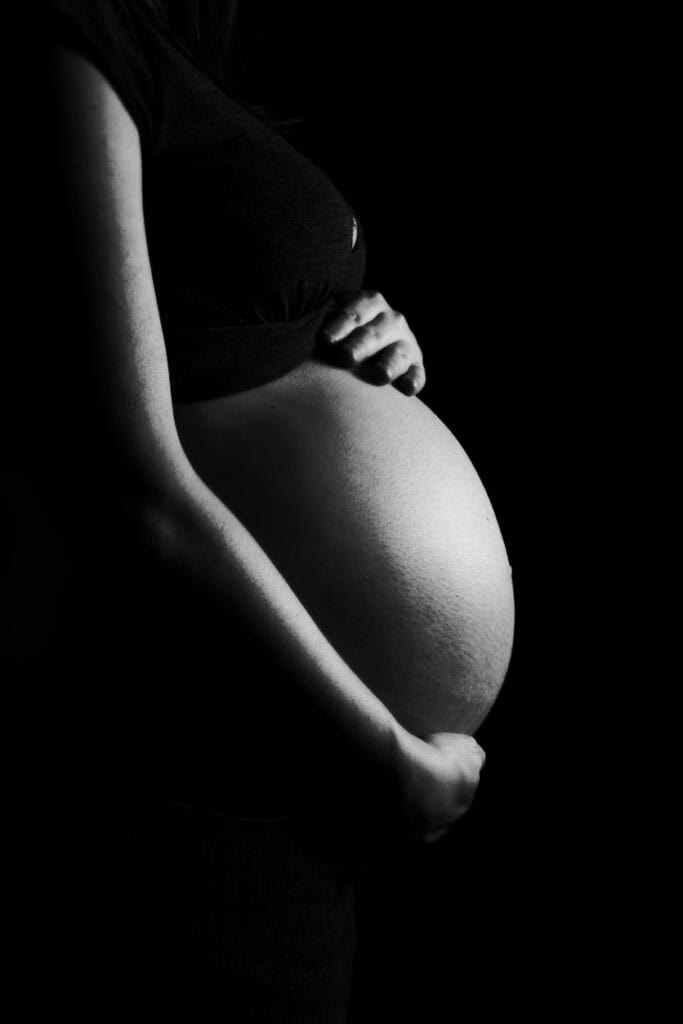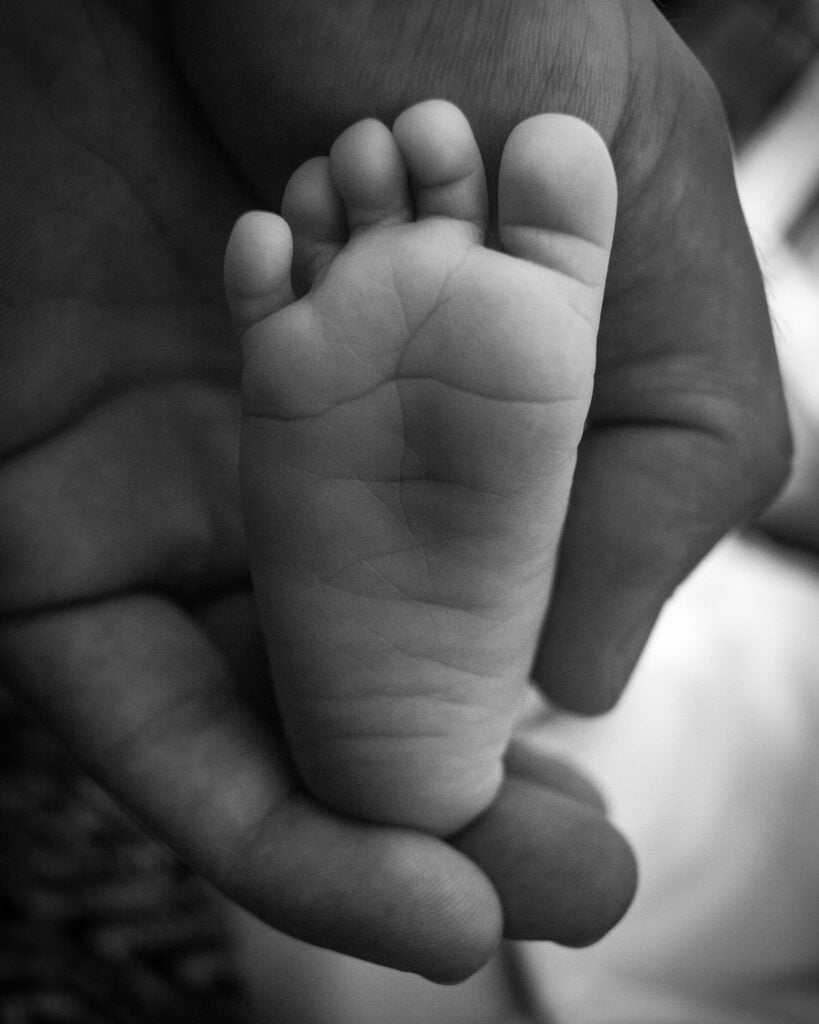When Maia first found out she was pregnant with her second child, she thought a hospital birth was the only option. During her booking appointment with her community midwife, when speaking about where she would like to give birth, home birth wasn’t mentioned to her. Maia was deemed ‘low high risk’ because her first child was born at just under five pounds.

But as her pregnancy progressed, she realised that giving birth in hospital again was bringing up a lot of fear that it would be a similar situation to her first birth. With her daughter, now five, she had a vaginal birth but ended up getting an infection of the womb lining because of the sheer number of examinations she had. Maia ended up being in labour for about 36 hours in total.
At around 20 weeks she started thinking seriously about her options. She was told she could only see the midwife-led unit at 37 weeks, and wasn’t offered the option of home birth. Maia found a doula she wanted to hire who gave her a lot of information about home births. When she mentioned this to her community midwife she was told ‘Well you are going against medical guidelines’. This was only because her previous baby was small. She was having growth scans to make sure the baby was growing on the right percentile.
Maia was disheartened by the lack of encouragement for her home birth from her community midwife. She decided to self-refer at around 28 weeks and her doula officially came on board around 30 weeks. She never got a call back about the referral.
Maia said: “This was a huge stress for me, the uncertainty and not hearing back really felt like it was tainting my pregnancy experience.”
At Maia’s next midwife appointment, she raised again her wish for a home birth. She was seeing a different midwife, as she had only seen her assigned midwife twice in total including at her booking appointment. She said: “You are given a community midwife to build a relationship with, but I kept getting palmed off with different ones each time. There was such irregularity of care.”
The new midwife was much more encouraging about home birth, but she told Maia that the service was being reviewed on a weekly basis. There and then she wrote out a referral for Maia and sent it to the hospital on her behalf.
Maia added: “I eventually spoke to a consultant midwife, and she said ‘We’ve had a referral for you’. I told her that I never got a call back at the time, and I had to chase it. Apparently, my self referral had been declined as a request, but I hadn’t been told the reasons.
“I didn’t understand why I had to push so hard, why was I having to push so hard every week to get an answer. I was already stressed and exhausted at this point. I then got told that I would have to either call back closer to my due date, or have to discuss with my community midwife where the service was at on a weekly basis.”
Her midwife told her they were assessing every week whether they would send two midwives out.
In the end, Maia only found out what was going on with the home birth service because she had a friend who put her in touch with a senior (or Band 7) midwife. She told her that it was likely that the home birth service was going to be suspended, but probably not until December. Maia was due in November so shouldn’t be affected. Maia asked how many people had home births booked for November and was told only two, herself and another woman.
“I asked how many midwives have failed to go out because of suspension? She said none.
“All of the home births that were meant to happen at home have happened.”

The Band 7 midwife told her that staffing levels were really low, around 60-65% on any given day. Maia relayed all this information to her community midwife and decided to go ahead with the plan for a home birth.
She went into labour at 38 weeks and had been told to call the delivery suite and it would flag up that she was having a home birth and they would send the midwives out. When her husband called at 3am they were told to call the community midwives directly. The stress of having to get in touch with the community midwife, who didn’t pick up the first few times she was called was not ideal. When they finally got through to her, they found out she was actually at the other home birth. They had gone into labour on the same night! Luckily that labour progressed quickly and they were able to get over to Maia’s house around 4.30am. Maia really appreciated that she was left to it, without the vaginal examinations she had been subjected to at her previous birth.
When the shift changed at 9am, her experience with the other community midwives wasn’t as positive. In the area in which Maia lives, there is no dedicated home birth team, so it’s just whoever is on call on the day.
The midwives that she had in the morning didn’t seem as comfortable with home birth, and whilst her son was born at home without intervention, she ended up having to go into hospital to birth her placenta.
Maia had a home birth as she had wished, but the stress it took to get there really took its toll. She also had to take a leap of faith that the midwives would be available and she would be able to get them to come out on the day, something which her Trust had never been able to guarantee. Many others in her situation might have been too discouraged to continue with their plan having heard that.
Maia said: “The birth itself with my son was amazing because he wasn’t touched. But the lead-up was such a stress, it wasn’t an enjoyable experience. It made me realise I just can’t rely on the system; I can’t rely on it.”
Read our report ‘Access Denied: Restrictions on Home Birth in the UK’
